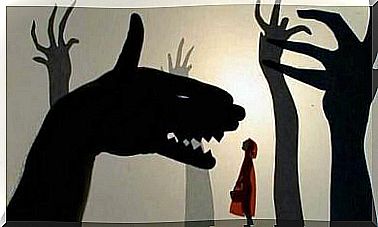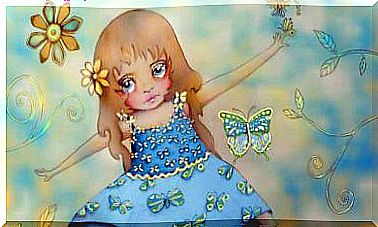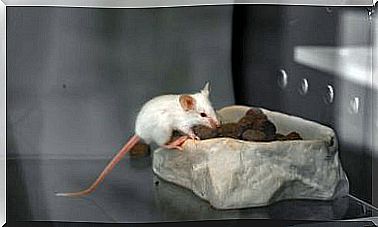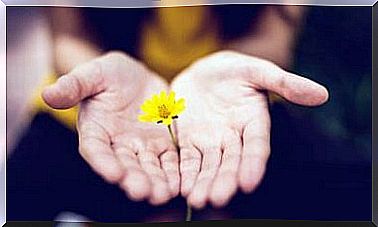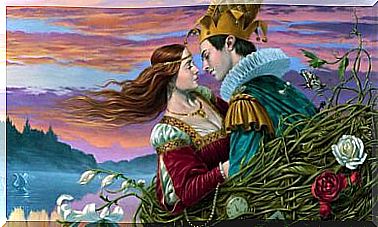2 Alternative Pedagogical Methods: Waldorf And Montessori
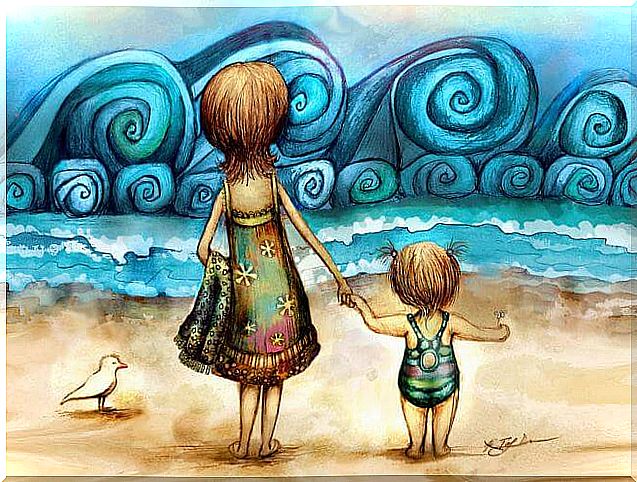
If something characterizes the Waldorf and Montessori pedagogical methods, it is that each of them rejects formal education as we know it. That is, the pedagogical duo provides alternatives to a regulated education that imposes strict educational guidelines.
However, the knowledge of each of these proposals must be approached from its history and its development context. We will try to give some brushstrokes in this article on these questions and then briefly raise their principles and their conceptions about evolutionary development.
In any case, each proposal has the clear objective of improving education and, therefore, social and human development. Starting from this base, let’s take a closer look at these two pedagogical methods:
Waldorf education
This school was founded in 1919 by the philosopher Rudolf Steiner based on the educational requirement made by the director of the Waldorf Astoria cigarette factory, who was interested in excellence in the education of his employees. Youth education unfolds in three stages of 7 years each:
- In this first stage, it is understood that learning is based on imitation and is played with very sensory approaches. Bread is kneaded, grains are ground, it is painted with watercolors, crafts are made, etc.
- In this second stage, imagination and art are enhanced from different perspectives with different activities: carving, educational games, weaving, music, swimming, athletics, etc.
- It is learned thanks to the concern for the search for the real and for the truth. Autonomous thinking, the search for the essential is encouraged and activities such as machine sewing, weaving with looms, metal crafts, basketwork, restoration, cinematographic art, electricity, etc. are carried out.
Emphasizes spiritual aspects of evolutionary development and enhances the artistic expression of each person as an individual being in a complex and holistic way. I mean,
It has schools all over the world and, as a curiosity, it can be said that famous people like Jennifer Aniston or Sandra Bullock have studied in its schools. So far the generic description that we propose.
Montessori pedagogy, educating children with joy
Montessori pedagogy is currently one of the most widespread and practiced in the educational field. The Italian educator María Montessori developed between the end of the 19th century and the beginning of the 20th a pedagogical method based on the idea that a child must develop their capacities freely.
In other words, it will not be the adult who directs the child’s activity but the child who adapts his environment to his level of development and his learning interests. Thus, the method proposes an open development in an environment structured in an integral way.
The object is enhanced with specialized material the discovery of the world and skills. There are certain sensitive periods, evolutionary moments of great neuroemotional potential, in which education is paramount. Specifically, it is essential that in the period from 0 to 11 years children explore their world in the most autonomous way possible.
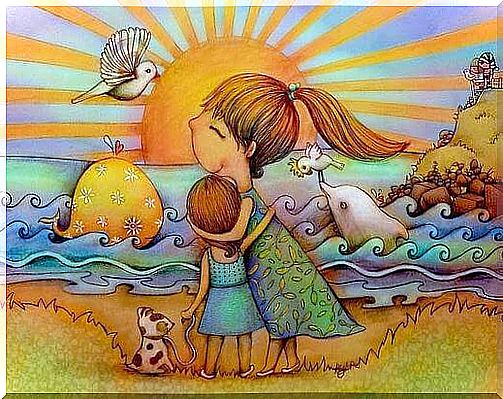
Thus, globally we can speak of the creation of Montessori microcosm or microworlds. This is the creation of a purely childlike environment: furniture the size of children, toys that promote exploration and cognitive flexibility, etc.
However, more than a pedagogical method, when we speak of Montessori we refer to an educational model that encompasses all learning based on specific approaches. In any case, we will dedicate more articles on these topics in order to deepen each pedagogy, its philosophies, its materials, its tools, etc.

